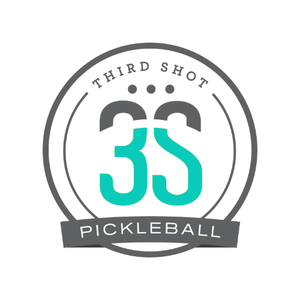Note: This is a follow up to Part 1 which is available here.
While there are many rules in pickleball, there is only one involving technique (e.g. the serve must be made in an upward motion with contact below the waist and the paddle not above the wrist). There are no rules about how you have to hit your volley or your smash, your dink or your return. And there are certainly no rules about how many hands you can use to hit your backhand.
Since pickleball is not a judged sport like gymnastics or diving, players don’t win because they look a particular way. They win based on their performance. It makes sense, then, that assessing someone’s technique must involve the question: can they do what they want with the ball? In terms of McGrath’s backhand, I’d say she’s doing a pretty good job (only she will know for sure how much the outcomes match her intentions). She can hit with power and finesse, she can hit different directions and heights and she can vary the spin and speed she uses. All with two hands!
A second consideration when evaluating technique has to do with potential for growth; can it get even better than it already is? Assuming she wants to improve as a player, could the technique she’s using now be a foundation for future development or is it at its limit? Two handed players sometimes struggle to take speed off the ball -- there is sometimes a problem with sufficient sensitivity when the second hand gets involved. I’m not saying this is the case with McGrath but it would be worth investigating. How well can she hit a drop volley with it? What about a slice backhand? The women’s game is evolving in such a way that well-rounded players will have to have all these shots at their disposal. If her technique somehow prevents her from doing these things (or others), then it is worth considering alternatives.
Finally, good technique is safe. If you satisfy the first two criteria (effectiveness and potential for growth) but do so in a way that puts you at greater risk of an injury, it is not good technique. Good technique is well coordinated and efficient which should not put extra stress on the body. I see nothing about her backhand technique that suggests she’s in the danger zone.
To summarize, dogmatic positions about the need to play particular way are antithetical to the nature of the game. Pickleball is a fast-paced sport that involves frequent adjustment and improvisation. Because of its performance-based nature, players can and should use the technique they believe will help them perform. And as the technology evolves and more players enter the sport, innovation is inevitable. While some might wish for the days when pickleball was slower, less intense and more predictable, I’m excited to see what changes are in store.
What do you think? Send an email to mark@thirdshotsports.com.
